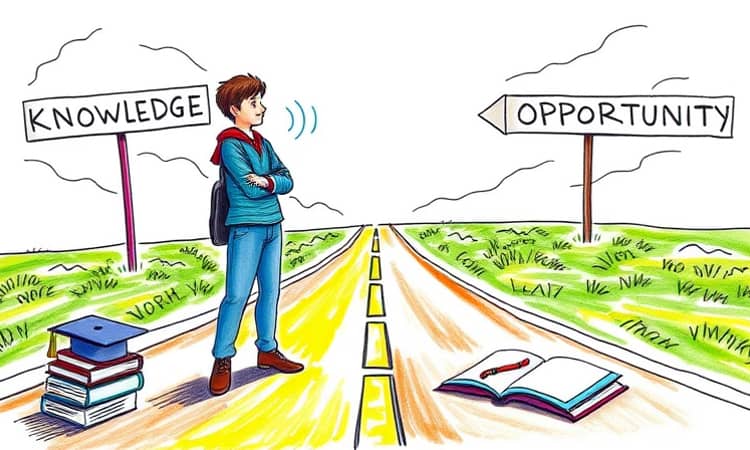Education is more than a credential; it’s a lifelong journey that shapes careers, strengthens communities, and transforms lives. Yet, the prospect of rising tuition, living expenses, and unexpected costs can be daunting. By exploring alternative financing tools for education, you can bridge funding gaps and seize opportunities that might otherwise be out of reach.
While federal and private student loans serve as the primary pillars of educational financing, personal loans can sometimes play a strategic role—particularly for those who have exhausted traditional avenues or face unique challenges such as international status or short-term programs.
Why Invest in Education?
The return on investment for higher education remains compelling. Graduates typically enjoy:
- Higher employment rates and job stability.
- Improved starting salaries and long-term earnings.
- Expanded professional networks and career mobility.
- Opportunities for personal growth and fulfillment.
According to labor statistics, individuals with a bachelor’s degree earn on average 65% more than those with only a high school diploma. Beyond numbers, education fosters critical thinking, creativity, and resilience—skills that empower you to adapt in an ever-evolving economy.
Understanding Educational Personal Loans
Personal loans are unsecured credit products offered by banks and online lenders. Unlike federal student loans, they are not designed exclusively for educational expenses, yet they may be used for tuition, living costs, or emergencies when other sources fall short.
Key characteristics of personal loans include:
- No collateral required, making them accessible to borrowers with good credit.
- Fast approval and funding, sometimes within days of application.
- Fixed or variable interest rates averaging around 12.64% in 2025.
- Immediate repayment—there is no deferment or grace period.
For students without an established credit history, a co-signer may be necessary. Since personal loans lack federal protections such as income-driven repayment and forgiveness options, they should be approached with caution and clear understanding of obligations.
Comparing Loan Types
Before turning to personal loans, it’s essential to compare all available financing options.
This comparison highlights why experts recommend exhausting federal options first, then private student loans, and considering personal loans only when necessary and after thorough comparison of rates, terms, and repayment flexibility.
Pros & Cons of Personal Loans for Education
While personal loans can fill immediate funding gaps, they come with trade-offs. Understanding the advantages and drawbacks helps borrowers make informed decisions.
- Speed and convenience are unmatched: approvals in days, funds in hand quickly.
- Greater funding flexibility for diverse needs beyond traditional tuition costs.
- No collateral means less risk to personal assets.
- Higher cost: average rates are significantly above federal loans.
- No grace period or deferment; payments start immediately.
- Absence of student-specific protections and forgiveness.
- Loan amounts may not cover full educational costs.
Given these factors, personal loans are best reserved for shortfall scenarios, such as last-mile expenses, emergency needs, or programs ineligible for federal support.
Alternative Funding Options
When planning for education financing, consider a diverse blend of sources to minimize reliance on high-cost debt.
- Scholarships and grants—free money that does not require repayment.
- Work-study and part-time employment—build skills while earning income.
- Crowdfunding or family loans—tap personal networks for support.
- Employer tuition assistance—many companies offer reimbursement programs.
Best Practices for Borrowers
To navigate educational financing responsibly, follow these guidelines:
- Always compare rates, fees, and repayment options before borrowing.
- Prioritize federal student loans for their income-driven repayment flexibility.
- Calculate total cost: factor in interest over the loan term and possible fees.
- Set a realistic budget for living and study expenses to minimize loan amounts.
- Maintain clear communication with lenders about repayment schedules and options.
- Consider consulting a financial advisor or campus counselor for personalized guidance.
Conclusion
Educational personal loans can serve as a strategic tool to invest in your future, but they carry distinct risks and costs. By understanding how these loans compare with federal and private student options, you can make choices that align with your long-term goals.
Start with federal student loans for their fixed interest rates and income-driven protections, then explore private loans if needed. Use personal loans as a last resort, with a clear plan for repayment and a firm grasp of all associated obligations.
Ultimately, thoughtful planning, diverse funding strategies, and disciplined financial management will enable you to pursue your educational dreams with confidence and resilience.














